Common sense rules for modern road riding
Many people are aware of - and often pay far too much attention to - certain rules that surround road riding. With our blend of scientific research and common-sense advice, you can enjoy riding and get the most out of your events, training and nutrition

Photo: Daniel Gould

Ever questioned the wisdom of your riding pals, or suspected they were just regurgitating hand-me-down advice? Ever wondered if the truisms of road riding really do hold water in the 21st century?
Our new rules of road riding are one part science, one part considered opinion, but 100 per cent applicable to every ride you do. Forget the Velominati, here’s the Cycling Weekly common-sense ‘rules’ of road riding.

Old rule: There’s no performance benefit in shaving your legsNew rule: Shaving makes you quicker
Whatever excuse you come up with for shaving your legs — whether it’s ease of massage or wound care, or even the classic defence of ‘everyone else does it’ — one question has always been uppermost in our minds: does it aid aerodynamics?
>>> Shave off seconds with shaved legs?
Wind tunnel research in 2014 by bike firm Specialized seems to have finally answered that one for us. Through its testing, using the same riders in the same riding positions on the same bikes, it found a maximum saving of 82 seconds over 40km, simply by taking a razor to the subjects’ legs.
Interestingly, the time saving was found to increase with the height of the testers. To put that in perspective, a traditional teardrop shaped time trial helmet will typically save you between 30-60 seconds per hour. Now, which is cheaper — a new lid or a can of shaving foam and a razor?
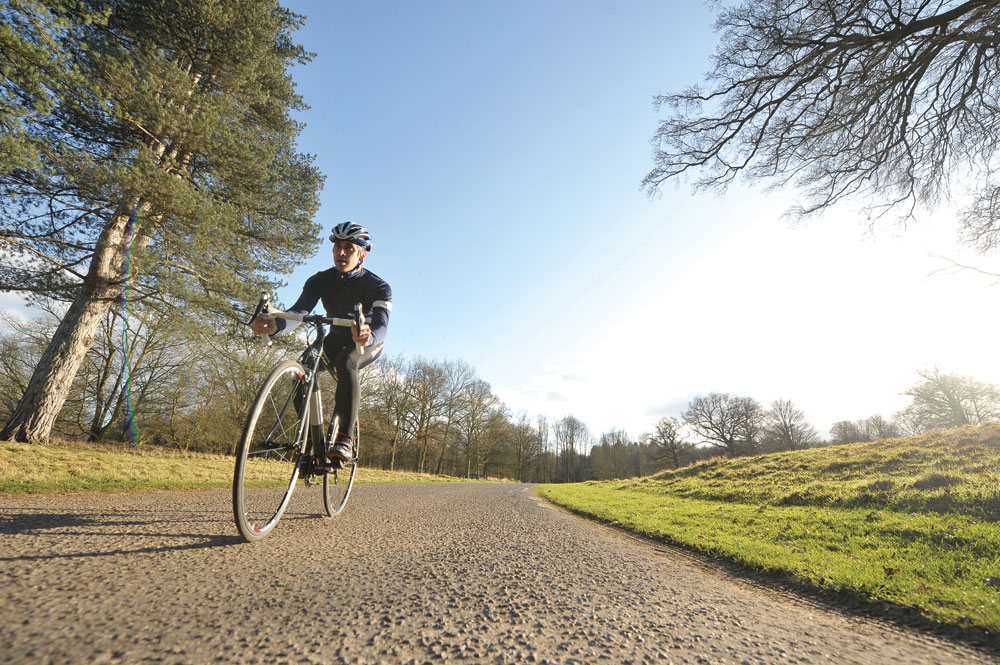
Old rule: Long, steady rides are the foundation of trainingNew rule: Intervals give you more bang for your buck
First things first: getting base miles in during the off-season is a great way to build endurance. Riding at a low intensity for a long time will build a sound aerobic and neuromuscular foundation for the season ahead.
Get The Leadout Newsletter
The latest race content, interviews, features, reviews and expert buying guides, direct to your inbox!
>>> Cycling training plan for speed this winter
However, we don’t all have 20 hours a week to spend on the bike, so for the time-poor cyclist, it can be enough to get a long ride in on the weekend (when your absence from the house will potentially impact less on family time or work commitments), and mix it up with weeknight interval training.
Research has shown that a 20-minute high-intensity interval session (i.e. when you’re exercising upwards of 90 per cent of your maximum heart rate) has multiple benefits for your training. Work carried out at the National Institute of Fitness and Sports in Kagoshima, Japan, concluded that this form of training can increase anaerobic capacity by as much as 28 per cent.
Beyond the obvious time-saving element, a set of intervals at near-maximal effort (20/40s, for example, where you’re flat-out for 20 seconds, then recover for 40 seconds) can also hike up your VO2 max, which means your body can utilise more oxygen.
Advocates of this method of training also point to the fact that your body will be burning calories for some time after the session is complete, as your metabolic function is elevated.
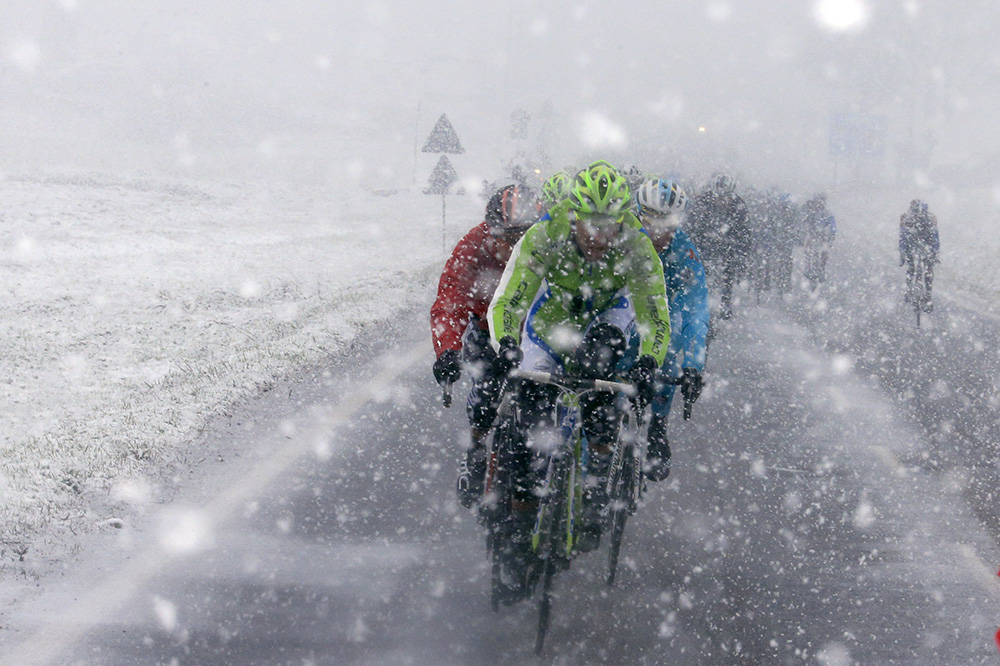
Old rule: Only proper cyclists ride in nasty weatherNew rule: Get yourself a turbo trainer or rollers
We do love to suffer, don’t we? But what’s the point of risking a crash on icy roads, or putting your fragile immune system at risk? Take the sensible option and use cold weather as an excuse to add structure to your training with a workout on the turbo, or even better, work on your cadence and core skills with a set of rollers.
>>> Turbo training sessions: Get the most out of your indoor training
Sub-rule: The assumption that riding in a howling gale and horizontal rain makes you more like a Belgian and therefore more of a hardcore cyclist, is misplaced. The truth is there’s nothing cool about Belgium, except Eddy Merckx, cyclocross and Westmalle beer. Beyond that, it’s just like East Anglia with a different accent.
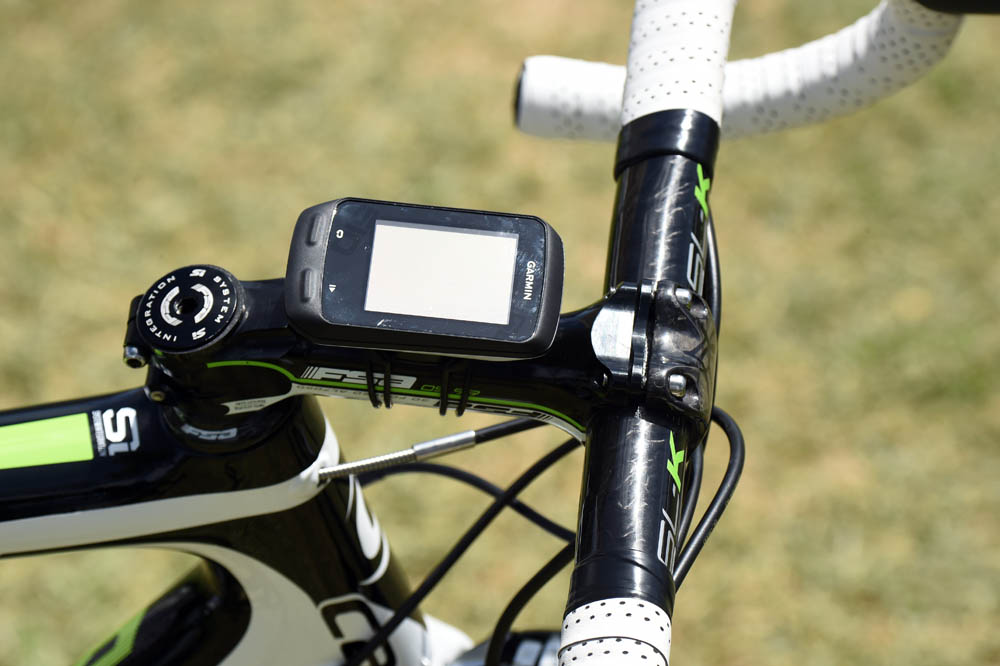
Old rule: Coffee stops are for tall talesNew rule: If it’s not on Strava it didn’t happen
“Did you see how fast I went up that hill? I left you all standing”; “Sorry, I had to stop to tighten my shoes, but I went hell-for-leather to catch you all up on the climb, then a car got in my way…” We’ve all heard it, but until the world-changing invention of Strava five years ago, there wasn’t a way of proving things like this actually happened.
For the 21st century road rider, there’s only one universally accepted method of backing up your claims, and that’s to upload the ride data to Strava for all your mates to see. “I forgot to turn my Garmin on…” Hmmm. More like you didn’t fancy being outed, and mysteriously ‘forgot’ to upload the file.

Old rule: You can fuel a ride on water, banana and flapjackNew rule: Approach nutrition scientifically
“I’m going ‘old-school’ with my training today.” Read as, “I’m going out with no idea of how many carbs I have in my back pockets, and risking bonking.”
>>> Fuel properly for winter cycling
As much as bananas and flapjacks are carb-rich and useful training fuel, the modern-day proliferation of professionally — and scientifically — developed nutrition products (not to mention the nutritional information printed on our food packaging) means you can now plan your fuelling with accuracy.
Aim to take on between 60 and 90g of carbohydrates for each hour of riding, including sports drinks with carbs to keep your glycogen stores topped up, and electrolytes to replace essential minerals that you lose in sweat.

Old rule: Red lights are your enemyNew rule: Red lights are your friend
How many times have you seen a fellow cyclist ride through a set of red lights, or mount the pavement, only to rejoin the road after riding a few metres? It gives us all a bad name; after all, we’re road riders, aren’t we, not pedestrians when it suits us?
Red lights needn’t be your enemy, though. Use them as the ideal opportunity to practise your track stands — see how long you can balance on the bike while remaining clipped into your pedals. It’s a good core exercise (although admittedly not best performed at busy crossroads; perhaps leave it for roadworks and simple pedestrian crossings).
If that’s not your bag, use the time to take a drink, open an energy bar or check yourself out in a shop window. Either way, stop, breathe… you’re not in a time trial (if you are, it’s a very badly thought-out course).
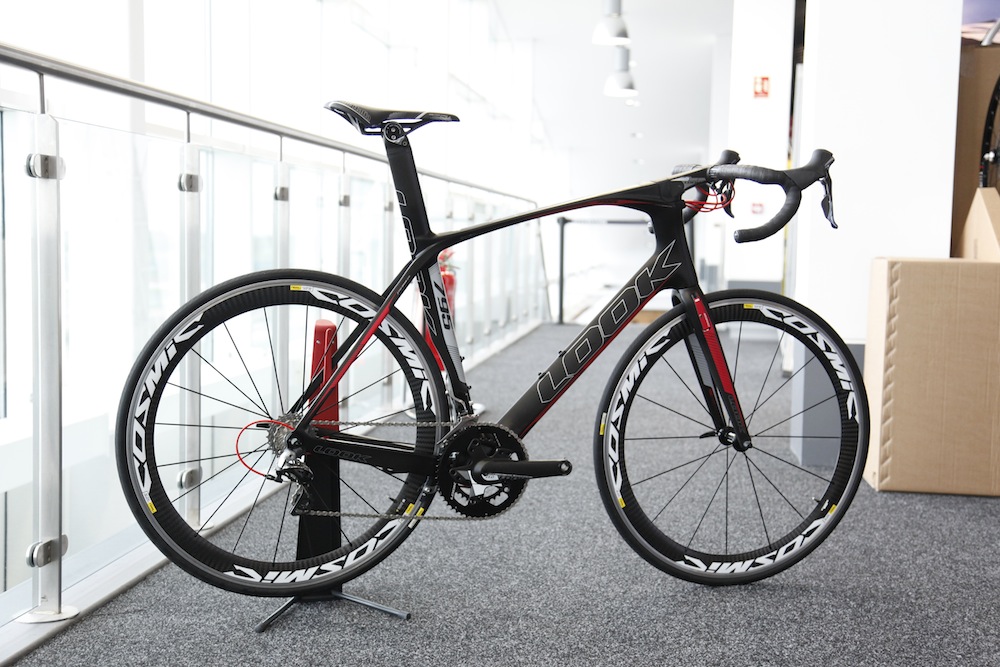
Old rule: Weight mattersNew rule: Aero is everything
The days of obsessing over weight are gone. If your ultimate goal is to be a quicker rider (but not necessarily the fastest climber), it would pay to be less obsessive about shaving weight off your bike, and pay attention to the amount of drag you’re creating.
At speeds of over 10mph, the weight of your equipment becomes less significant. Below this speed, research has shown that the weight of rotating mass (e.g. wheels and pedals) is key to acceleration. But once you’re in the groove, your body position, helmet, handlebars, clothes (and even hairiness — see Rule 1) become factors.
Bike brand Cervélo, one of the pioneers of aero road bike development, claims that 80 per cent of aerodynamic drag is affected by the rider, so rather than splash out on a new bike, once you’ve shaved your legs, maybe it’s time to invest in an aero road helmet, minimise your frontal width and slam your stem after all.
Probably no need to hire a wind tunnel, unless you’re a pro, though…
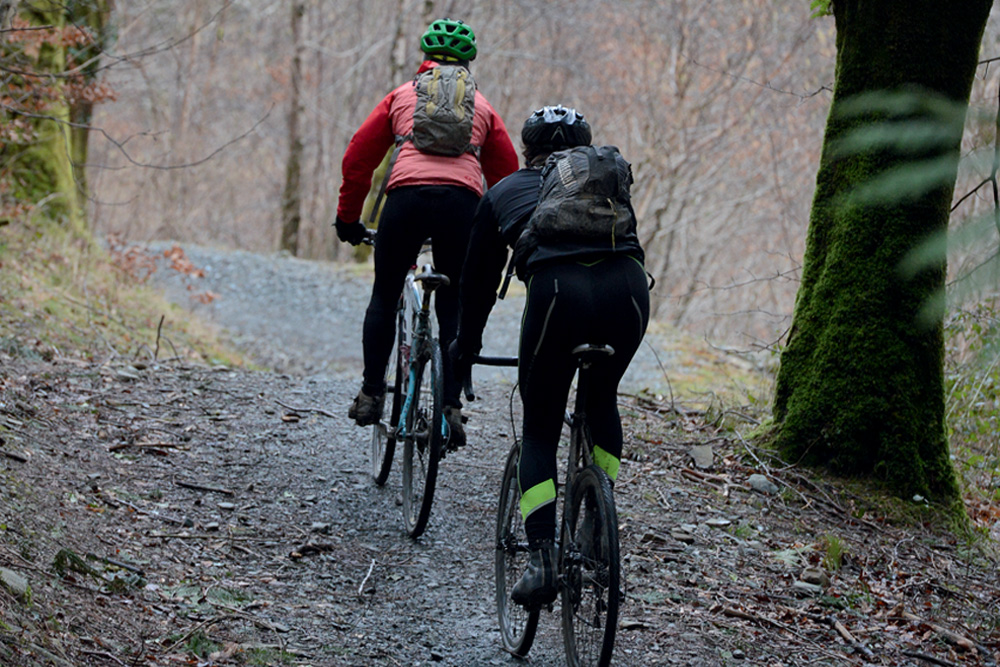
Old rule: Just ride your bikeNew rule: Cross training and core work are key
It used to be said that the best training was just to ride your bike. Much as it’s true to say that regular rides will build endurance, it’s not the only form of exercise that’s going to help your riding.
The natural imbalance on your musculo-skeletal system inflicted by doing no form of sport other than cycling, can leave you susceptible to injury, or put you at a performance disadvantage.
>>> Go off-road to keep fit this winter
Using your quads and glutes in a different way — by running, for example — can improve your leg strength, while the upper-body strength and arm movement required to hold good form while running can improve your core stability — a vital asset to have for your riding, to ensure maximum efficiency and power.
Simple weight-training techniques such as squats and lunges can significantly improve your leg strength, too. A study undertaken at Telemark University College, Norway, proved that a programme of squat exercises improved efficiency and pedalling economy, as well as extending time to exhaustion at maximum aerobic power in its subjects by 17.2 per cent.
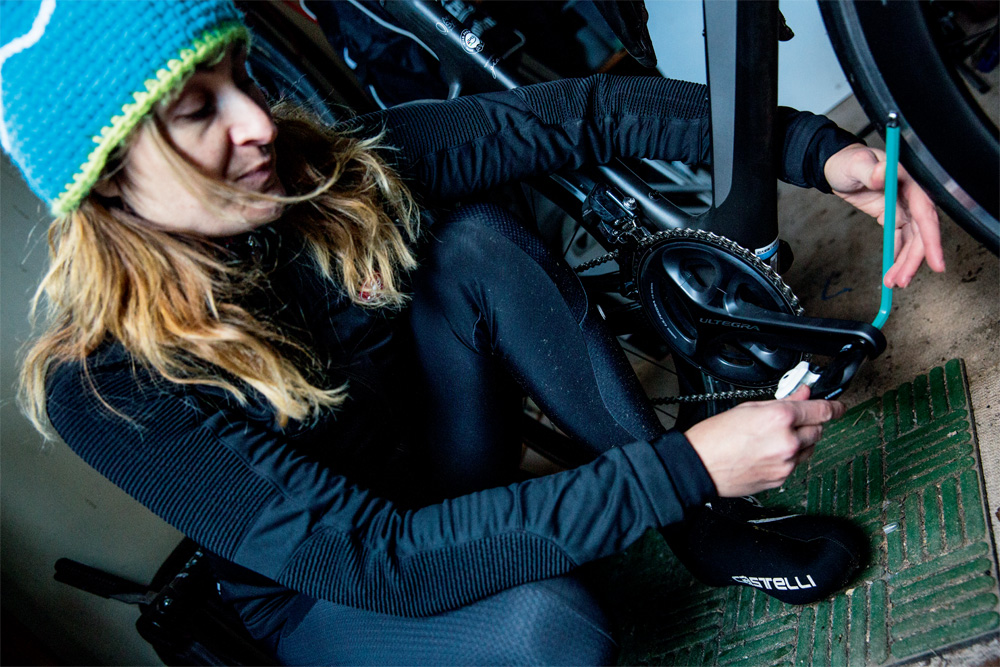
Old rule: Proper cyclists ride a 53/39t chainsetNew rule: There’s no shame in using a compact
Planning to ride some of the most punishing domestic, or even European, sportives this year? The amount of pain you’ll endure trying to complete the Fred Whitton or the Haute Route with a standard double chainset might just outweigh the satisfaction of finishing the route, and at worst could leave your knees in pieces!
>>> Shimano 105 groupset review
There’s a reason manufacturers now offer compact chainsets — to get you up hills with a more useful range of gear options. Some people would tell you it’s better just to ‘man up’. They’re not always right.
Swapping your 12-25 cassette for a block with an 11-tooth smallest cog will almost outweigh the compact’s lack of flat-out downhill or flat speed ability, while even gearing up to something like a 11-32t cassette will almost certainly give you the edge on punishing terrain.
Crucially, you’ll be able to pedal up any mountain ascent with a higher cadence than your 53/39t-riding pals, allowing you to get into a comfortable rhythm. Need convincing further? Even pro teams have fitted compact chainsets to some of their riders’ bikes, to allow them to get up gradients exceeding 20 per cent.
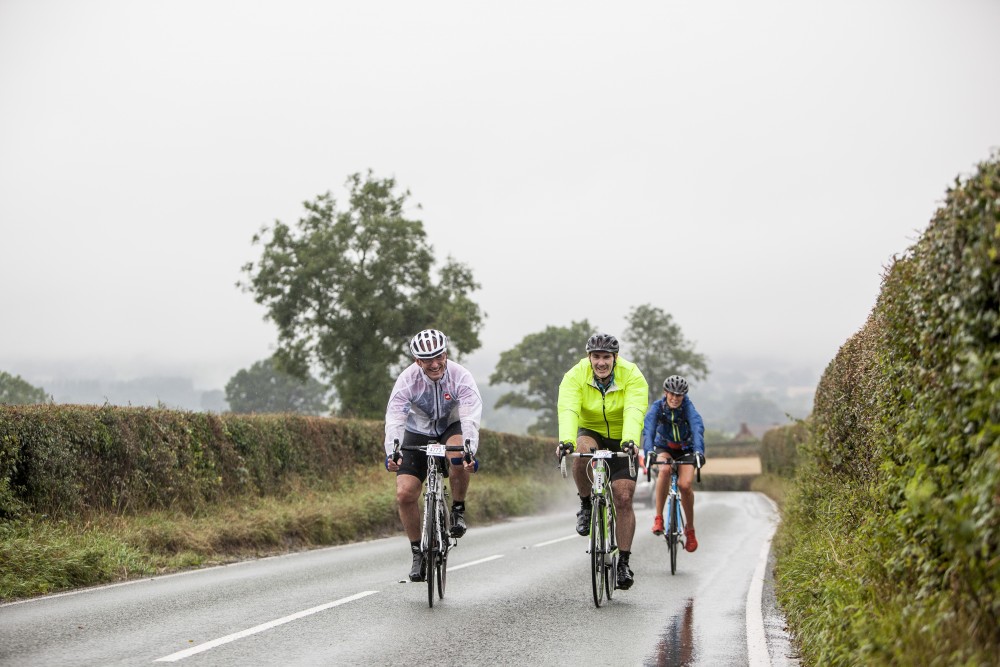
Old rule: Don’t ride two abreastNew rule: Do ride two abreast
The Highway Code will tell you that you should never ride more than two abreast, and in single file on busier roads. However, as long as you’re sensible about riding according to the traffic conditions, you’ll be fine.
>>> Group cycling: the essential guide
Riding as part of a chaingang, with two lines of riders travelling at speed next to each other, is a great way to hone your group riding skills and develop the experience of — and skills required for — riding at close quarters, whether in a sportive or a race.
Be prepared to single out or split into two smaller groups to allow overtaking space for cars, but generally a short line of riders two abreast is easier to overtake than a long single line.
Enjoy your riding and share the road by cycling a handlebar’s width apart next time you’re out.
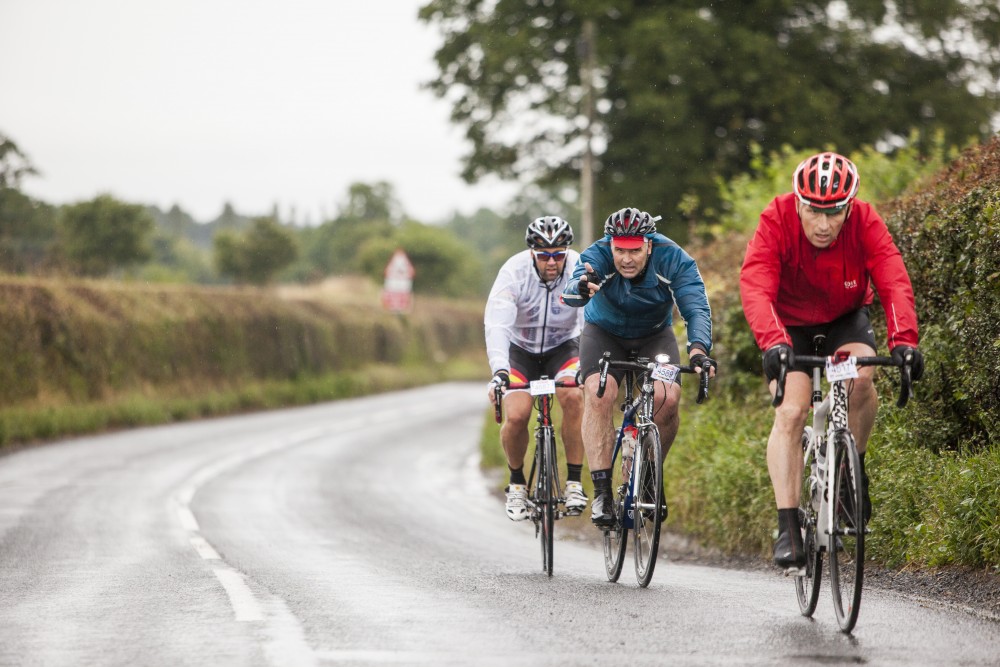
As you were
Some rules are non-negotiable. Here are a handful that will never change.
Acknowledge other riders
Whether you’re on a Sunday spin or a training ride, it takes a split-second to raise your hand or nod to greet your fellow cyclists as your paths cross.
Don’t ride ill
Even a common cold is going to be exacerbated by riding. Listen to your body, rest up and don’t ride again until you’re at least 90 per cent better. And even then, take it easy.
Call it out
Group rides, chaingangs, road races, sportives… it doesn’t matter what your activity, look out for those riders around you by shouting out obstacles, cars and road hazards like potholes.
Words by Marc Abbott

Thank you for reading 20 articles this month* Join now for unlimited access
Enjoy your first month for just £1 / $1 / €1
*Read 5 free articles per month without a subscription

Join now for unlimited access
Try first month for just £1 / $1 / €1

Nigel Wynn worked as associate editor on CyclingWeekly.com, he worked almost single-handedly on the Cycling Weekly website in its early days. His passion for cycling, his writing and his creativity, as well as his hard work and dedication, were the original driving force behind the website’s success. Without him, CyclingWeekly.com would certainly not exist on the size and scale that it enjoys today. Nigel sadly passed away, following a brave battle with a cancer-related illness, in 2018. He was a highly valued colleague, and more importantly, an exceptional person to work with - his presence is sorely missed.
-
 A bike rack with an app? Wahoo’s latest, and a hub silencer – Sea Otter Classic tech highlights, Part 2
A bike rack with an app? Wahoo’s latest, and a hub silencer – Sea Otter Classic tech highlights, Part 2A few standout pieces of gear from North America's biggest bike gathering
By Anne-Marije Rook
-
 Cycling's riders need more protection from mindless 'fans' at races to avoid another Mathieu van der Poel Paris-Roubaix bottle incident
Cycling's riders need more protection from mindless 'fans' at races to avoid another Mathieu van der Poel Paris-Roubaix bottle incidentCycling's authorities must do everything within their power to prevent spectators from assaulting riders
By Tom Thewlis